
The Pittsburgh Pirates are an American professional baseball team based in Pittsburgh. The Pirates compete in Major League Baseball (MLB) as a member club of the National League (NL) Central division. Founded as part of the American Association in 1881 under the name Pittsburgh Alleghenys, the club joined the National League in 1887 and was a member of the National League East from 1969 through 1993. The Pirates have won five World Series championships, nine National League pennants, nine National League East division titles and made three appearances in the Wild Card Game.
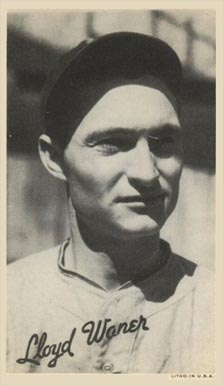
Lloyd James Waner, nicknamed "Little Poison", was a Major League Baseball (MLB) center fielder. His small stature at 5 ft 9 in (1.75 m) and 132 lb (60 kg) made him one of the smallest players of his era. Along with his brother, Paul Waner, he anchored the Pittsburgh Pirates outfield throughout the 1920s and 1930s. After brief stints with four other teams late in his career, Waner retired as a Pirate.
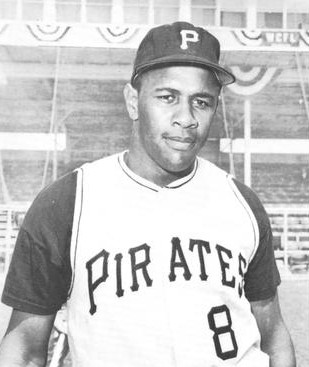
Wilver Dornell Stargell, nicknamed "Pops" later in his career, was an American professional baseball left fielder and first baseman who spent all of his 21 seasons in Major League Baseball (MLB) (1962–1982) with the Pittsburgh Pirates. Among the most feared power hitters in baseball history, Stargell had the most home runs (296) of any player in the 1970s decade. During his career, he batted .282 with 2,232 hits, 1,194 runs, 423 doubles, 475 home runs, and 1,540 runs batted in, helping his team win six National League (NL) East division titles, two NL pennants, and two World Series championships in 1971 and 1979, both over the Baltimore Orioles. Stargell was a seven-time All-Star and two-time NL home run leader. In 1979, he became the first and currently only player to win the NL Most Valuable Player (MVP) Award, the NL Championship Series MVP Award and the World Series MVP Award in one season. In 1982, the Pirates retired his uniform number 8. He was inducted into the Baseball Hall of Fame in 1988.

Ralph McPherran Kiner was an American Major League Baseball player and broadcaster. An outfielder, Kiner played for the Pittsburgh Pirates, Chicago Cubs, and Cleveland Indians from 1946 through 1955.

David Gene Parker, nicknamed "the Cobra", is an American former professional baseball player. He played in Major League Baseball as a right fielder from 1973 to 1991. A seven-time All-Star, Parker won two National League batting titles and was the 1978 National League Most Valuable Player. He was a member of two World Series championship teams, winning with the Pittsburgh Pirates in 1979 and the Oakland Athletics in 1989.
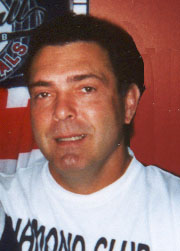
Bernardo Carbo is an American former outfielder and designated hitter who played from 1969 through 1980 for the Cincinnati Reds (1969–72), St. Louis Cardinals, Boston Red Sox, Milwaukee Brewers (1976), Cleveland Indians (1978) and Pittsburgh Pirates (1980). He batted left-handed and threw right-handed. He was raised in the Detroit suburb of Livonia and graduated in 1965 from Franklin High School, playing for the school's baseball team while there.
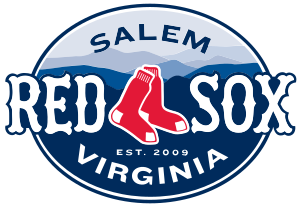
The Salem Red Sox are a Minor League Baseball affiliate of the Boston Red Sox of Major League Baseball (MLB), based in Salem, an independent city adjacent to Roanoke, Virginia. The team competes at the Single-A level in the Carolina League. Home games are played at Carilion Clinic Field at Salem Memorial Ballpark, a 6,300-seat facility opened in 1995.
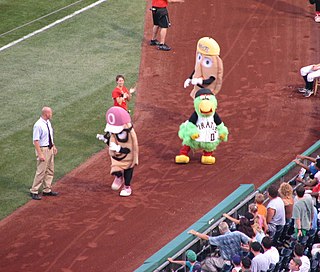
The Great Pittsburgh Pierogy Race N'at, commonly called the Great Pierogy Race, is an American mascot race between innings during a Pittsburgh Pirates baseball game that features seven contestants racing in giant pierogi costumes: Potato Pete, Jalapeño Hannah, Cheese Chester, Sauerkraut Saul, the highly intelligent Oliver Onion, Bacon Burt, and Pizza Penny. However, in 2021 Pizza Penny and Potato Pete eloped and moved to Naples, Italy leaving only five Pierogis to race.

Charles William Tanner was an American professional baseball player and manager. A left fielder and pinch hitter who appeared in 396 games in Major League Baseball between 1955 and 1962, he was known for his unwavering confidence and infectious optimism. As a manager for all or parts of 19 seasons, he led the Pittsburgh Pirates to a World Series championship in 1979. In his last baseball job, he served as a senior advisor to Pirates general manager Neal Huntington.
The Buccaneer was a secondary mascot used by the Pittsburgh Pirates baseball club during their 1995 season. While the team's primary mascot, the Pirate Parrot, wore an elaborate costume with a prosthetic head and molded frame, the Buccaneer was simply a man in pirate's garb who led the crowd in organized cheers. After an audition involving 30 prospective mascots, 23-year-old Tim Beggy was chosen to portray the Buccaneer.

Paul Gurner Maholm is an American former professional baseball pitcher. He played in Major League Baseball (MLB) for the Pittsburgh Pirates, Chicago Cubs, Atlanta Braves and Los Angeles Dodgers.
Bellflower High School is a six-year public high school located in Bellflower, California, as part of the Bellflower Unified School District (BUSD).
There have been many dramatic on-and-off-field moments in over 130 years of Major League Baseball:
The Pittsburgh drug trials of 1985 were the catalyst for a Major League Baseball-related cocaine scandal. Several current and former members of the Pittsburgh Pirates – Dale Berra, Lee Lacy, Lee Mazzilli, John Milner, Dave Parker, Rod Scurry – and other notable major league players – Willie Aikens, Vida Blue, Enos Cabell, Keith Hernandez, Jeffrey Leonard, Tim Raines, Lonnie Smith and Alan Wiggins – were called before a Pittsburgh grand jury. Their testimony led to the drug trials, which made national headlines in September 1985.
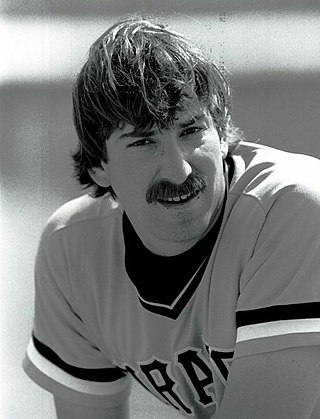
Dale Anthony Berra is an American former Major League Baseball player who primarily played as an infielder from 1977 to 1987. He is the son of Hall of Fame catcher Yogi Berra and brother of former Baltimore Colts return specialist Tim Berra.

Rodney Grant Scurry was an American professional baseball pitcher. Scurry played for eight seasons and was the first Major League Baseball (MLB) player directly linked to the Pittsburgh drug trials that dogged baseball during the mid-1980s. In 1992, Scurry died of a cocaine-induced heart attack.
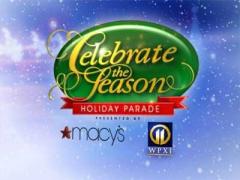
The Celebrate the Season Parade is one of the traditional parades held each year in Downtown Pittsburgh, Pennsylvania. It is held on the Saturday after Thanksgiving Day; that is, the last Saturday in November. It is one of the first events that rings in the holiday season and airs annually on WPXI, the local NBC-affiliated television station in Pittsburgh.
Vincent C. Lascheid, Jr was a prominent Pittsburgh organist. With distinctive keyboard stylings, Lascheid was best known as the organist for the Pittsburgh Pirates from the 1960s to 2009 and from 1970 to 2003 the Pittsburgh Penguins. He was inducted into the Penguins' Hall of Fame in 2003. In 2005, he was honored by being awarded the "Pride of the Pirates" by the Pittsburgh Pirates and with a moment of silence in 2009 from the Pittsburgh Penguins.












